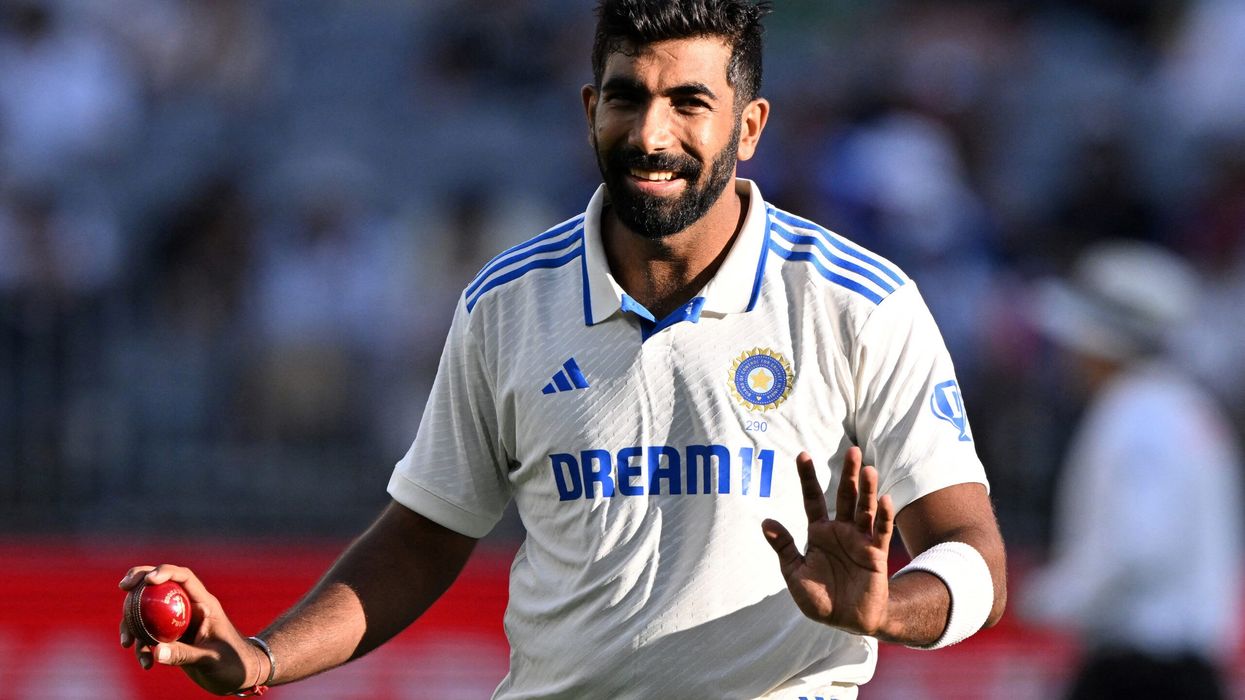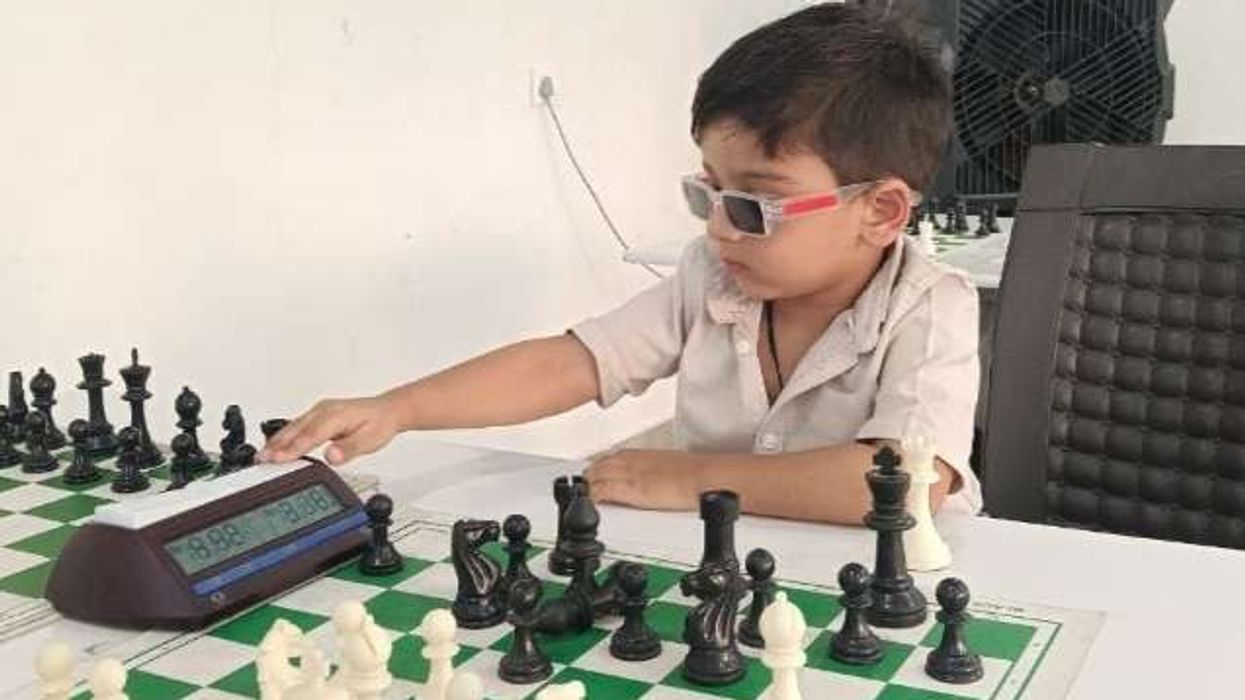Gambling usually involves money, whether you win it or lose it. Online sports betting games, in particular, have seen its fair share of public scrutiny. One might assume that online sports betting is straightforward, but it's evolved enough to have nuances that many people might not be aware of.
- Gambling can be traced back in history
It might surprise a lot of people but the American Revolution was partially funded through state lotteries. But sports gambling has a totally different historical connection altogether. It has more to do with the joker123 back-and-forth between the state ratifying gambling laws and the witty gamblers trying to outsmart those laws. This, of course, has a lot to do with bookies working for the mob that is still prevalent in gambling circuits in states where gambling is still illegal. Nevada was the first state to legalize gambling in 1949 to boost state tourism to great success.
- Betting requires strategies
Yes, betting doesn't just rely on randomness and timing, it also requires bettors to use strategies to maximize their winnings and minimize their losses. Bettors with a good strategy fare better in sports betting than those who just rely on luck. The formulation of a good strategy will require in-depth research and monitoring of changing trends.
- Sports betting can help boost the economy
Not all types of gambling are bad. In fact, betting in sports and 토토사이트 (Totosite) can help the economy a lot. It helps to circulate the currency that would otherwise be saved in banks or spent on vacations abroad. It also offers job opportunities for people. In places where gambling is legal and regulated, the tax revenue that the government gets is certainly something to be considered. A good example would be the state of Nevada where the famous city of Las Vegas earns the government a substantial amount of tax revenue.
- People like to gamble
Gambling isn't just for western countries; other nations have a thriving industry around it. The UK has the Gambling Commission to regulate all gambling, including sports betting. The UK's online betting market is estimated to be worth around 650 million pounds. Sports betting draws people in on the excitement of following their favorite team and making money on the side. It's also a great way for people to come together and connect on something they're all passionate about.
- There are different types of sports betting
Live betting
Live betting is based around the traditional idea of sports betting. In an in-play or live betting, wagers are placed during an event. It's proven to be quite a popular type of sports betting among bettors.
Exchange betting
Exchange betting also uses fixed odds but there are no bookies involved. Instead, one better backs a selection while the other one is laying the selection. The one laying is effective acts as the bookmaker and offers the other party fix odds.
Spread Betting
No fixed odds are involved in spread betting. A wager also doesn't just win or lose. Betters will have to choose whether a number will be higher or lower than the one posted by the bookmaker.












